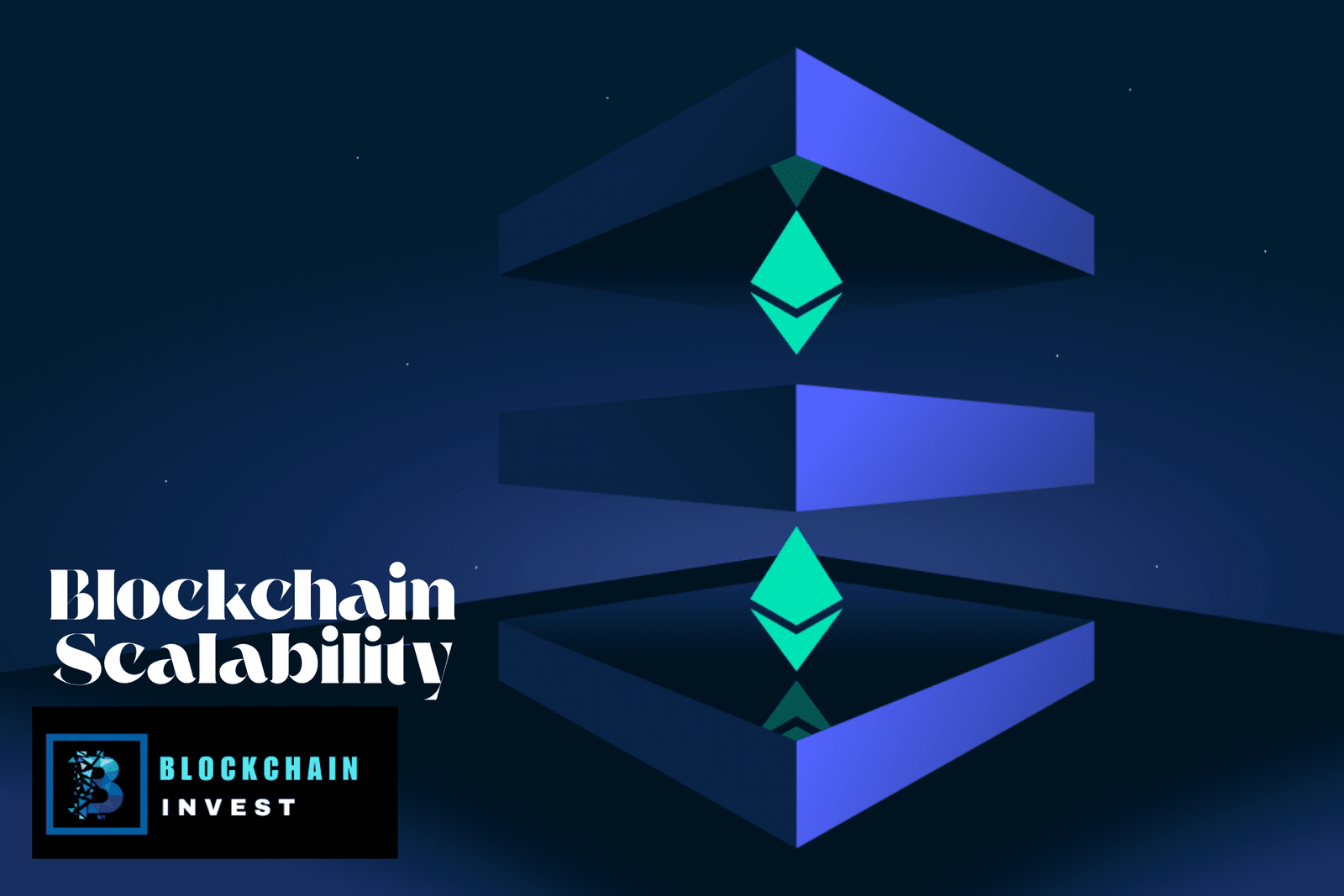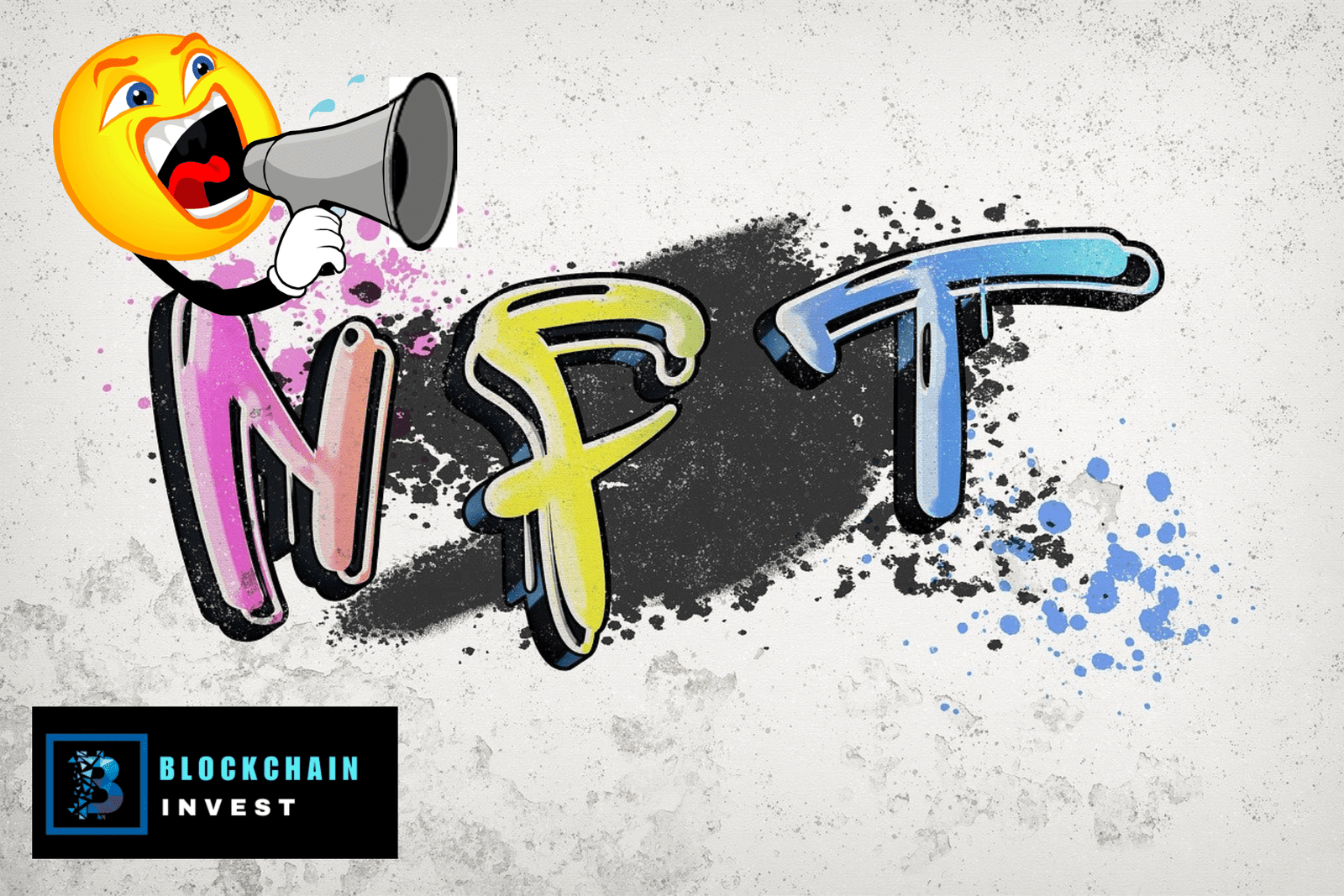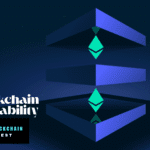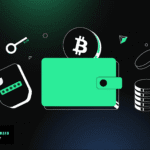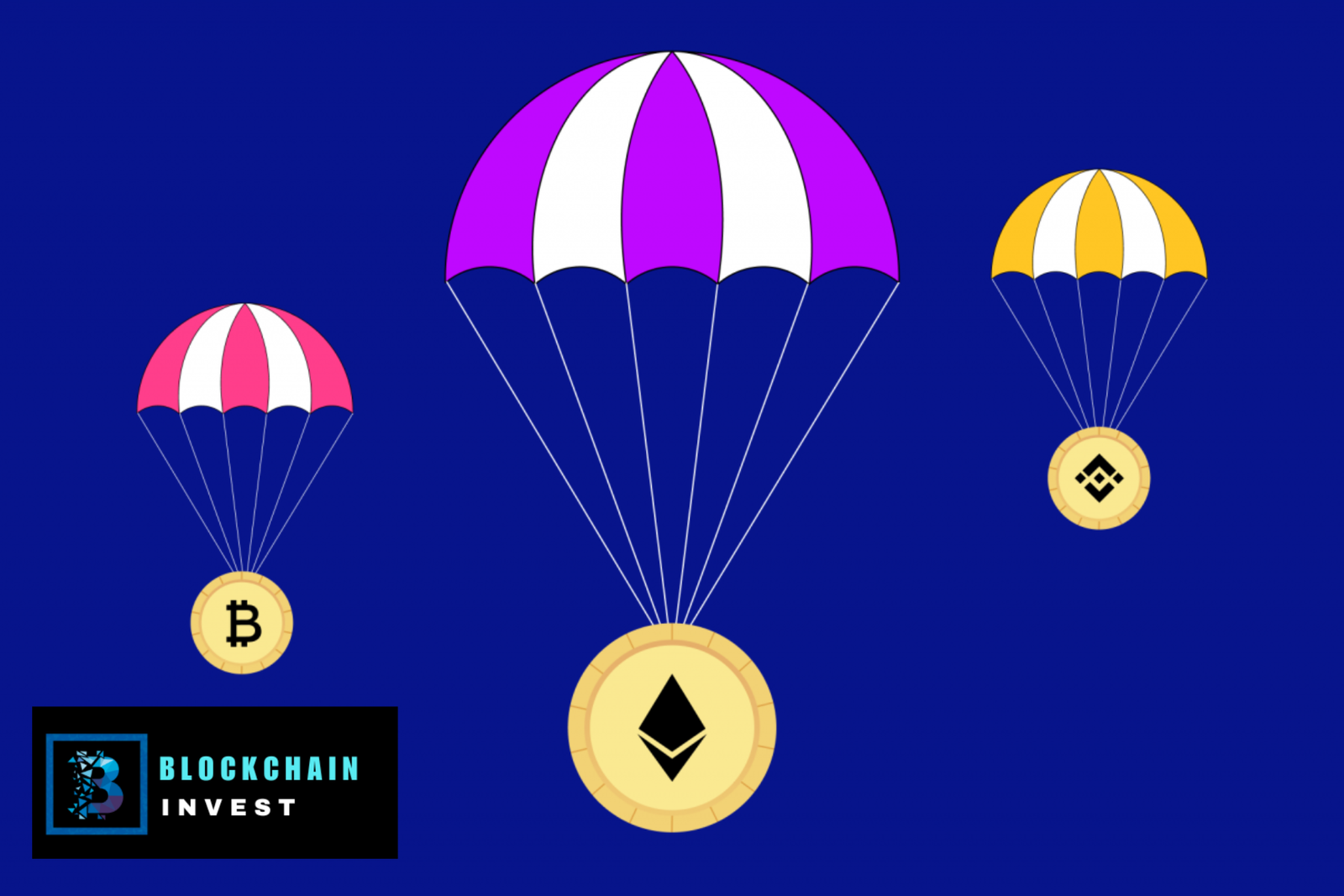Which Blockchain Has the Best DeFi Ecosystem?
Here’s What’s Inside This Blog Post1 What Makes a DeFi Ecosystem the Best?2 What is DeFi Ecosystems & Why
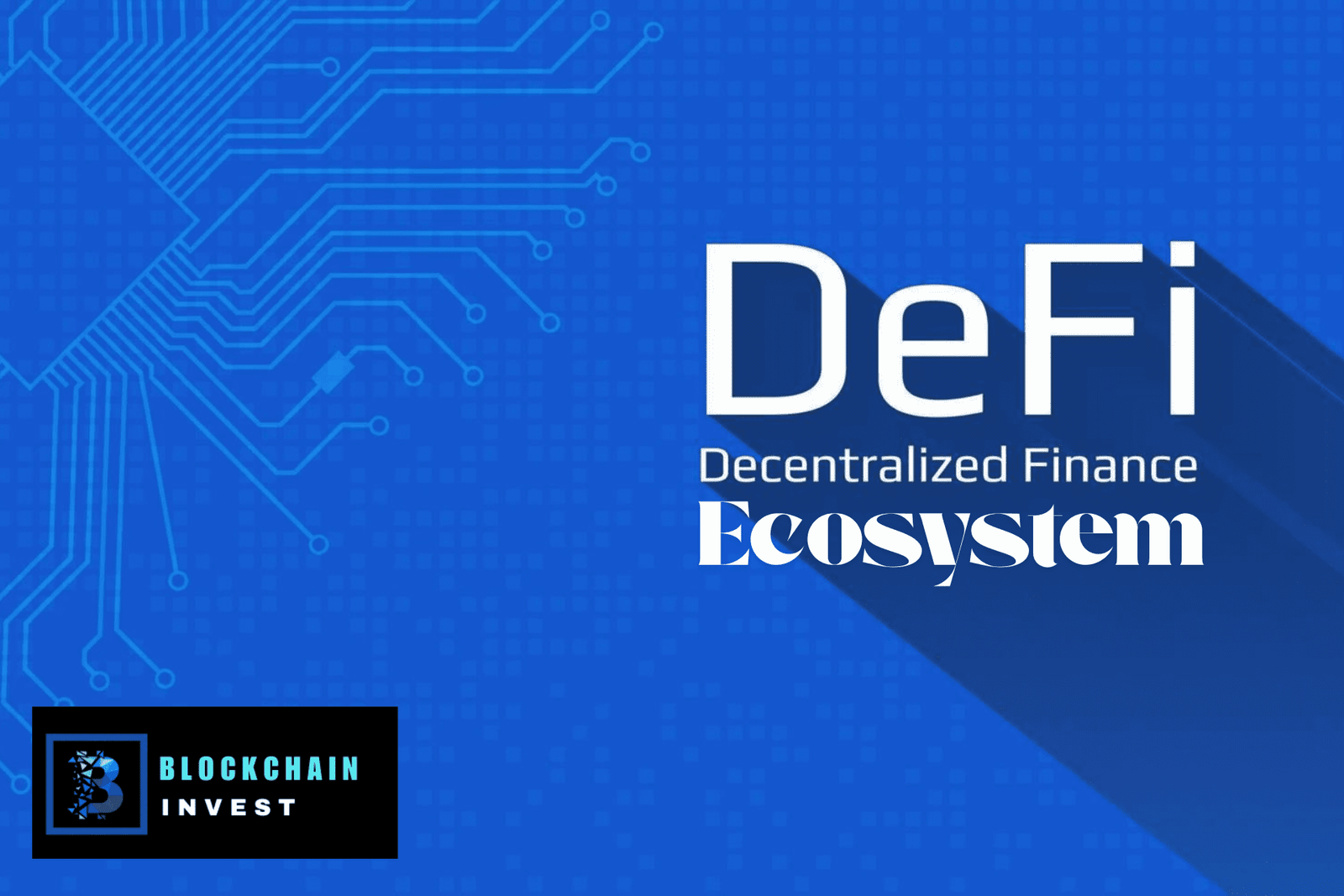
Here’s What’s Inside This Blog Post
Deciding which blockchain has the best DeFi ecosystem can be tricky. Many options exist, each with unique strengths.
Decentralized Finance, or DeFi, is changing how we think about finance. It offers many new opportunities, from lending to trading, all without traditional banks. Different blockchains support DeFi projects, each with its own advantages. Ethereum, Binance Smart Chain, and others have built strong DeFi ecosystems.
But which one is the best? Understanding the differences can help you make an informed choice. Stay with us as we explore the top blockchains in DeFi and find out which one stands out.
What Makes a DeFi Ecosystem the Best?
A top-tier DeFi ecosystem excels in several key areas:
- Total Value Locked (TVL): Represents the total capital locked in DeFi protocols, indicating user confidence and adoption.
- Number of Protocols: Reflects the diversity and maturity of the ecosystem.
- Transaction Speed and Fees: Critical for user experience, especially for frequent transactions in DeFi applications.
- User Activity: Measures engagement through active addresses or unique users.
- Security and Reliability: Ensures user funds are safe from hacks and exploits.
- Innovation and Scalability: Drives the development of new DeFi applications and supports growing demand.
- Decentralization: Aligns with DeFi’s ethos of eliminating centralized control.
The following blockchains are evaluated based on these criteria, with data sourced from DefiLlama and other reputable sources as of June 2025.
What is DeFi Ecosystems & Why its matters?
Different blockchains offer various DeFi ecosystems with unique features. Ethereum leads with its broad range of DeFi projects and strong security. Other blockchains like Binance Smart Chain and Solana are also gaining popularity for their speed and lower fees.
Decentralized Finance, or DeFi, is changing the world of finance. It offers services without the need for banks. These services include lending, borrowing, and trading. DeFi runs on blockchain technology. This makes it transparent and secure.
What Is DeFi?
DeFi stands for Decentralized Finance. It uses smart contracts on a blockchain. These smart contracts are self-executing. They remove the need for middlemen. Users can trade, lend, and borrow directly. This gives more control to the users.
Importance Of Blockchain In DeFi
Blockchain is the backbone of DeFi. It ensures transparency and security. Every transaction is recorded on the blockchain. This makes it easy to track and verify. No one can alter the records. This builds trust among users.
Blockchain also ensures decentralization. There is no central authority. This reduces the risk of fraud. It also lowers the cost of transactions. Blockchain makes DeFi accessible to everyone. All you need is an internet connection.

Leading Blockchains in DeFi (Updated June 2025)
Ethereum’s DeFi Ecosystem
Ethereum’s DeFi ecosystem stands out for its diverse range of financial applications. It offers lending, borrowing, and trading solutions on a decentralized platform. Many users trust it due to its strong security and transparency.
The Ethereum blockchain stands out as a dominant player in the DeFi (Decentralized Finance) ecosystem. Its open-source nature and smart contract capabilities have attracted a vast developer community. Ethereum’s DeFi ecosystem offers a plethora of financial services, making it a top choice for users seeking decentralized solutions.
- TVL: $46.293 billion
- Number of Protocols: 1,329
- Transaction Speed and Fees: Ethereum processes transactions in about 10-20 seconds, but gas fees average around $0.53, higher than competitors (Cryptonews).
- User Activity: While exact user numbers for 2025 are unavailable, Ethereum’s extensive protocol count and historical data suggest millions of active users, with a peak of 7.5 million unique DeFi users in 2021 (Statista).
- Security: Ethereum’s long history and rigorous auditing make it one of the most secure blockchains, though it has faced vulnerabilities in the past.
- Innovation: Ethereum continues to innovate through layer-2 solutions like Arbitrum and Optimism, addressing scalability issues.
- Decentralization: Highly decentralized with thousands of nodes worldwide.
- Key Protocols: Aave, Uniswap, MakerDAO, Compound.
- Analysis: Ethereum remains the DeFi leader due to its massive TVL and protocol diversity. Its ecosystem supports a wide range of applications, from lending to decentralized exchanges. However, high gas fees and slower speeds compared to newer chains can deter cost-sensitive users. Layer-2 solutions are mitigating these issues, making Ethereum a versatile choice.
Binance Smart Chain’s DeFi
The Binance Smart Chain (BSC) has become a favorite among cryptocurrency enthusiasts for its robust DeFi ecosystem. With its low transaction fees and fast processing times, BSC has attracted a large number of developers and users. But what exactly makes Binance Smart Chain’s DeFi ecosystem stand out? Let’s dive in…
- TVL: $5.505 billion
- Number of Protocols: 871
- Transaction Speed and Fees: BSC processes transactions in 3-5 seconds with fees around $0.001, offering a cost-effective alternative (Cryptonews).
- User Activity: BSC’s large user base, driven by Binance’s ecosystem, suggests high activity, with historical data showing 417,000 unique active wallets in 2021 (BeInCrypto).
- Security: BSC has faced security issues, including high-profile hacks, but continues to improve.
- Innovation: BSC supports a wide range of DeFi protocols, including PancakeSwap and Venus, and benefits from EVM compatibility.
- Decentralization: Operated by Binance, BSC is less decentralized, which may conflict with DeFi’s ethos.
- Key Protocols: PancakeSwap, Venus, BakerySwap.
- Analysis: BSC’s low fees and fast transactions make it accessible, particularly for yield farming and liquidity provision. Its large protocol count and TVL reflect a robust ecosystem, but centralization concerns may limit its appeal for purists.
Solana’s DeFi Landscape
Solana has emerged as a strong contender in the DeFi space. Its high-speed transactions and low costs attract many developers. This blockchain promises a seamless experience for users.
Solana’s DeFi landscape is vibrant. Many projects choose Solana for their operations. This choice is due to its unique attributes and top DeFi platforms.
- TVL: $7.217 billion
- Number of Protocols: 213
- Transaction Speed and Fees: Solana achieves up to 65,000 transactions per second (TPS) with fees around $0.001, making it one of the fastest and cheapest blockchains (Ecos).
- User Activity: Solana’s growing TVL and protocol adoption suggest strong user engagement, though specific 2025 user data is limited.
- Security: Solana has faced network outages in the past but has improved stability and security measures.
- Innovation: Known for its focus on DeFi and NFT marketplaces, Solana supports innovative projects like Raydium and Solend.
- Decentralization: Less decentralized than Ethereum due to fewer validators, raising some concerns.
- Key Protocols: Raydium, Solend, Serum.
- Analysis: Solana’s high throughput and low fees make it a strong contender for DeFi applications requiring frequent transactions. Its growing ecosystem and TVL indicate increasing adoption, but centralization concerns may deter some users.
Polkadot’s Defi Potential
Polkadot offers a promising DeFi ecosystem with its unique multi-chain approach. Seamless cross-chain compatibility and scalability make it a strong contender. Polkadot’s features attract developers and users alike.
Polkadot is emerging as a strong contender in the DeFi ecosystem. With its unique architecture and focus on interoperability, it offers a fresh perspective on decentralized finance. But what makes Polkadot truly stand out?
Interoperability Benefits
Polkadot’s main selling point is its interoperability. Unlike other blockchains that operate in silos, Polkadot allows different blockchains to communicate and share information seamlessly.
This means you can leverage the best features of multiple blockchains without being locked into one. Imagine a world where you can use Ethereum’s smart contracts while benefiting from Polkadot’s scalability. That’s the promise of Polkadot.
Polkadot achieves this through its relay chain and parachains. The relay chain ensures security and consensus, while parachains handle specific tasks, enhancing overall efficiency. This setup makes it easier to develop and deploy complex DeFi applications.
Notable Projects
Polkadot is already home to some notable DeFi projects. One of them is Acala, a decentralized finance hub that offers a stablecoin, staking derivatives, and a decentralized exchange, all in one platform.
Another exciting project is Moonbeam, which provides a smart contract platform compatible with Ethereum. This means developers can easily port their Ethereum-based projects to Polkadot, taking advantage of its superior scalability and lower fees.
Then there’s Phala Network, which focuses on privacy-preserving cloud computing. It enables sensitive data processing without compromising privacy, a game-changer for DeFi applications requiring confidentiality.
Are you intrigued yet? Polkadot’s potential is vast, and it’s only just getting started. So, what do you think? Is Polkadot the next big thing in DeFi?

Cardano And DeFi
Cardano’s DeFi ecosystem is growing fast, offering strong security and scalability. Comparing different blockchains, Cardano shows promise for a robust DeFi future.
Cardano and DeFi have become a hot topic in the blockchain community. Cardano is known for its focus on security, scalability, and sustainability. But how does it stack up in the DeFi space? Let’s explore into the technological innovations and emerging DeFi solutions that make Cardano a significant player in the decentralized finance world.
Technological Innovations
Cardano stands out due to its peer-reviewed research and academic approach. The platform uses the Ouroboros proof-of-stake protocol, which is more energy-efficient than traditional proof-of-work systems. This makes it a greener alternative.
Cardano’s layered architecture also enhances its security and scalability. It separates the ledger of account values from the ledger that handles why values are moved, which helps in smart contract execution.
Have you heard about Plutus? It’s Cardano’s smart contract platform, which allows for more robust and secure DeFi applications. With Plutus, developers can write applications in Haskell, a programming language known for its reliability.
Emerging DeFi Solutions
Cardano is not just about theory; it’s making strides in practical DeFi solutions. The recent launch of smart contracts on Cardano has opened the floodgates for DeFi projects.
For instance, SundaeSwap is a decentralized exchange (DEX) built on Cardano. It aims to provide liquidity and facilitate smooth token swaps. This is just one example of how the platform is being used in the real world.
Another exciting development is MELD, a DeFi protocol for borrowing and lending. MELD allows users to borrow against their crypto holdings without having to sell them. This can be a game-changer for managing liquidity and maximizing returns.
So, what does this mean for you? If you’re looking to dive into DeFi, Cardano offers robust and innovative solutions. Are you ready to explore its potential?
Cardano’s commitment to research, security, and sustainability makes it a strong contender in the DeFi ecosystem. What are your thoughts on its potential? Could it be the best choice for your DeFi needs?
Comparative Analysis of DeFi Ecosystem
The following table summarizes the key metrics for the top DeFi blockchains as of June 2025:
| Blockchain | TVL ($B) | Protocols | Transaction Speed | Avg. Fee | Decentralization | Key Strength |
|---|---|---|---|---|---|---|
| Ethereum | 46.293 | 1,329 | 10-20 seconds | $0.53 | High | Maturity, Diversity |
| Solana | 7.217 | 213 | Near-instant | $0.001 | Moderate | Speed, Low Fees |
| BSC | 5.505 | 871 | 3-5 seconds | $0.001 | Low | Accessibility, Liquidity |
| Tron | 4.908 | 35 | 1-2 seconds | $0.001 | Low | Stablecoin Integration |
| Avalanche | 1.19 | 435 | Near-instant | $0.001 | Moderate | Scalability, Interoperability |
| Arbitrum | 2.109 | 795 | Seconds | <$0.53 | High (via Ethereum) | Ethereum Compatibility |
Blockchain technology powers decentralized finance (DeFi). Different blockchains offer unique features. This section compares key aspects of leading DeFi blockchains. Understanding these differences helps users to choose the best one.
Future Of DeFi Ecosystems and Trends
- Layer-2 Solutions: Arbitrum and Optimism are reducing Ethereum’s fees and congestion, boosting its DeFi ecosystem.
- Interoperability: Cross-chain bridges facilitated over $250 billion in asset transfers in 2023, a trend continuing into 2025, enhancing ecosystems like Avalanche.
- Institutional Adoption: DeFi is seeing increased institutional interest, with platforms like Aave expanding across multiple chains.
- Regulatory: Expected regulatory guidelines in 2025 may boost investor confidence, particularly for Ethereum and Solana.
Frequently Asked Questions
Which Blockchain Is Best For DeFi?
Ethereum is the best blockchain for DeFi. It offers extensive smart contract capabilities and a robust developer community.
What Is The Most Decentralized Blockchain?
Bitcoin is the most decentralized blockchain. It has the largest network of nodes and miners globally, ensuring security and transparency.
What Blockchain Is DeFi Built On?
DeFi is primarily built on the Ethereum blockchain. Other blockchains like Binance Smart Chain and Solana also support DeFi projects.
What Is The Best Platform For DeFi Trading?
Uniswap is the best platform for DeFi trading. It offers high liquidity, low fees, and a user-friendly interface.
Conclusion
While Ethereum remains the leader due to its security, liquidity, and developer support, emerging blockchains like Solana, BSC, Avalanche, and Arbitrum offer competitive ecosystems for specific needs like speed, cost-efficiency, and scalability. The best DeFi blockchain ultimately depends on your priorities—whether it’s decentralization, transaction speed, or low fees. For long-term value and innovation, Ethereum continues to be the gold standard, but for immediate utility and cost savings, other platforms are quickly catching up.
The right choice enhances your DeFi experience. Stay updated with the latest developments. Blockchain technology evolves rapidly. Your perfect DeFi ecosystem might change. Keep learning, stay flexible, and make informed decisions.


